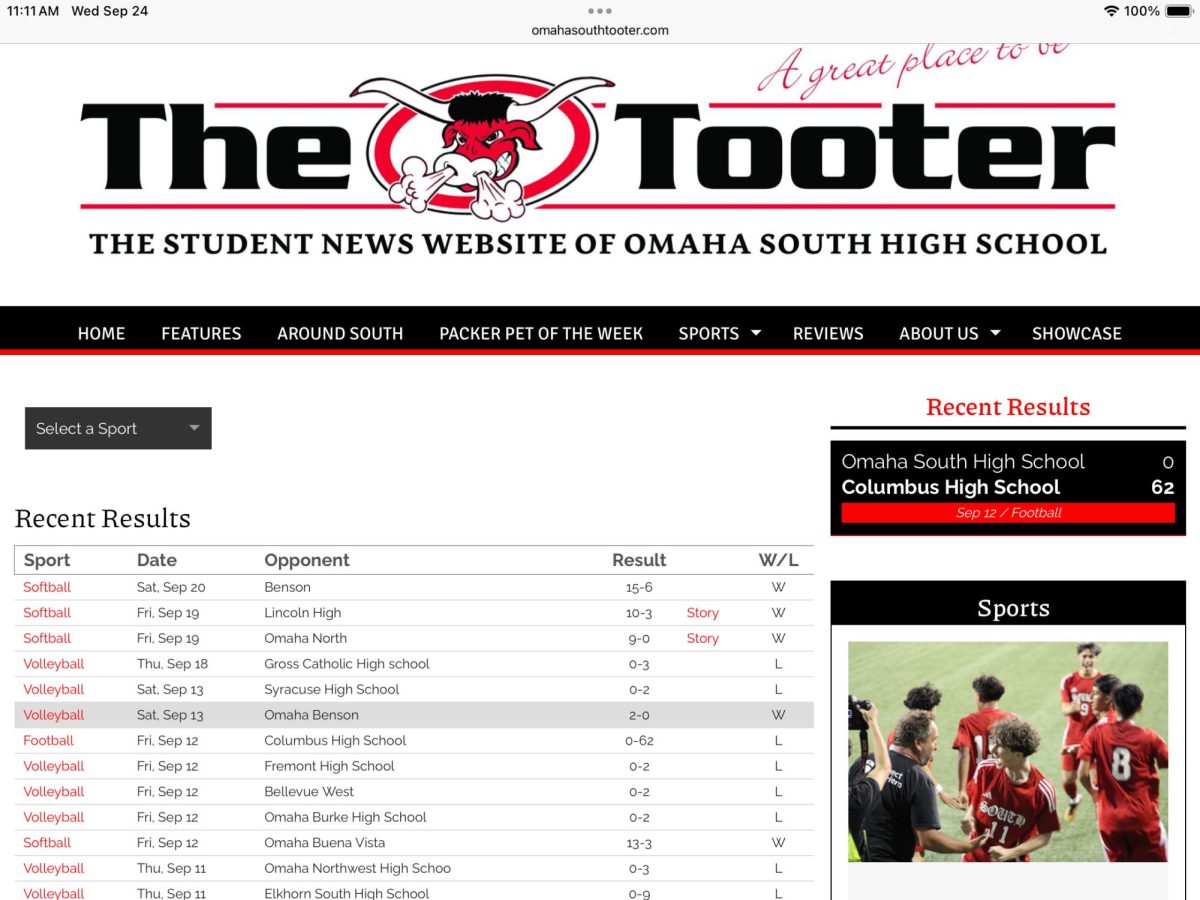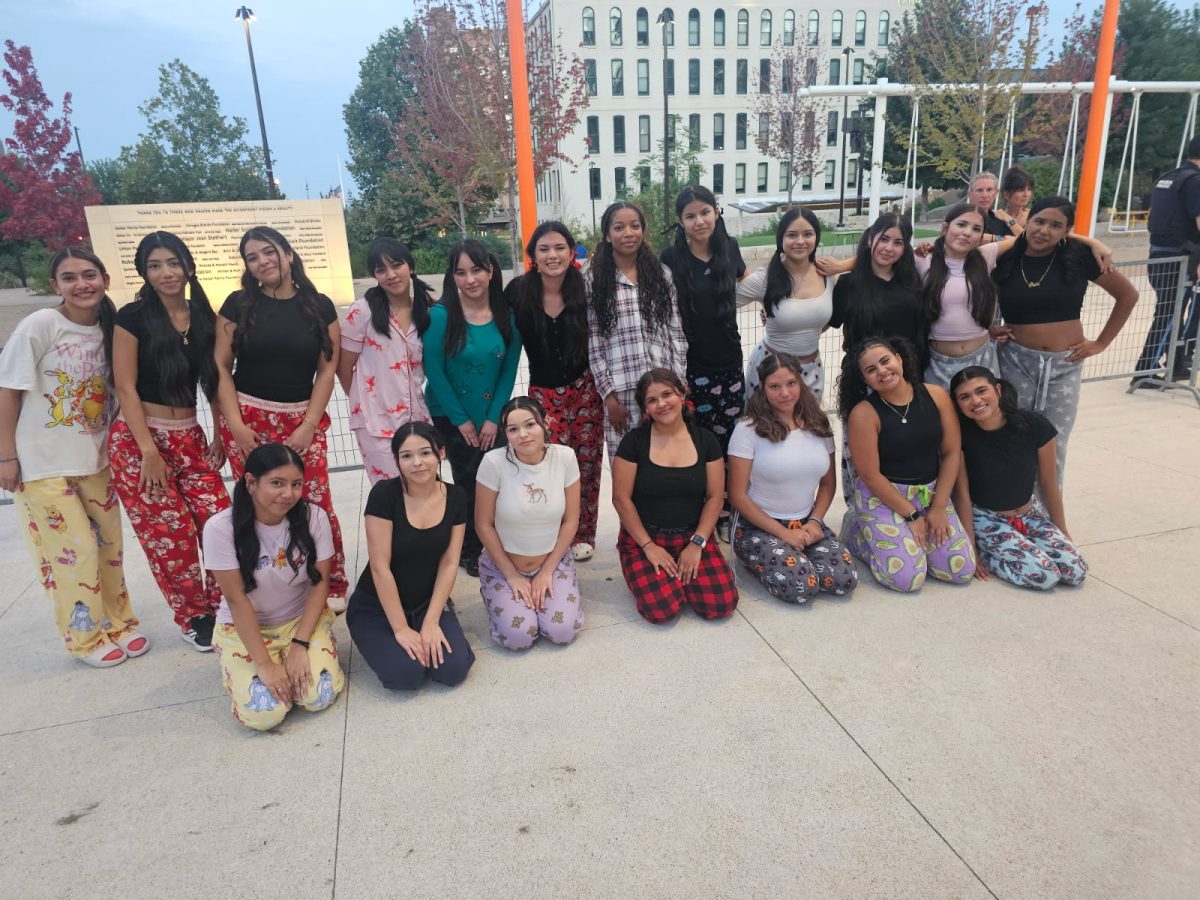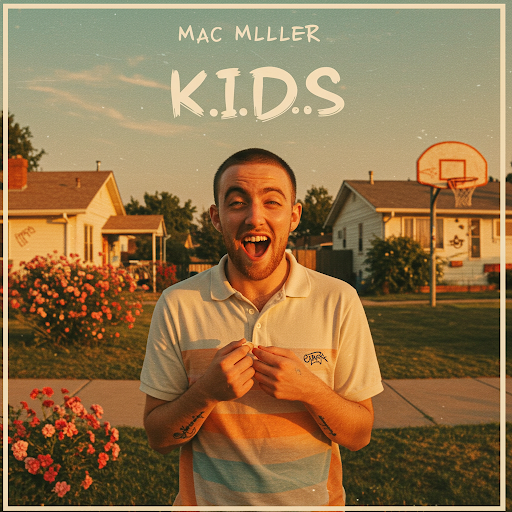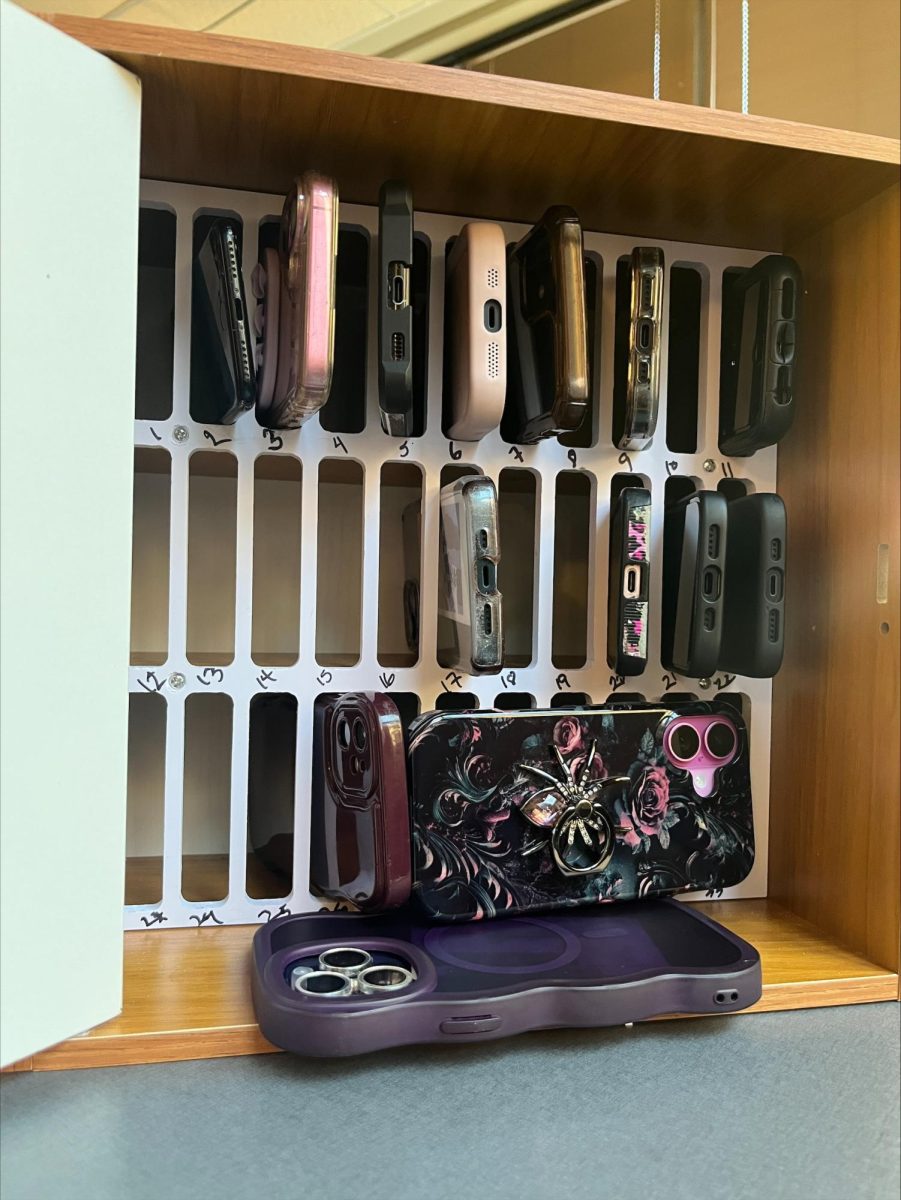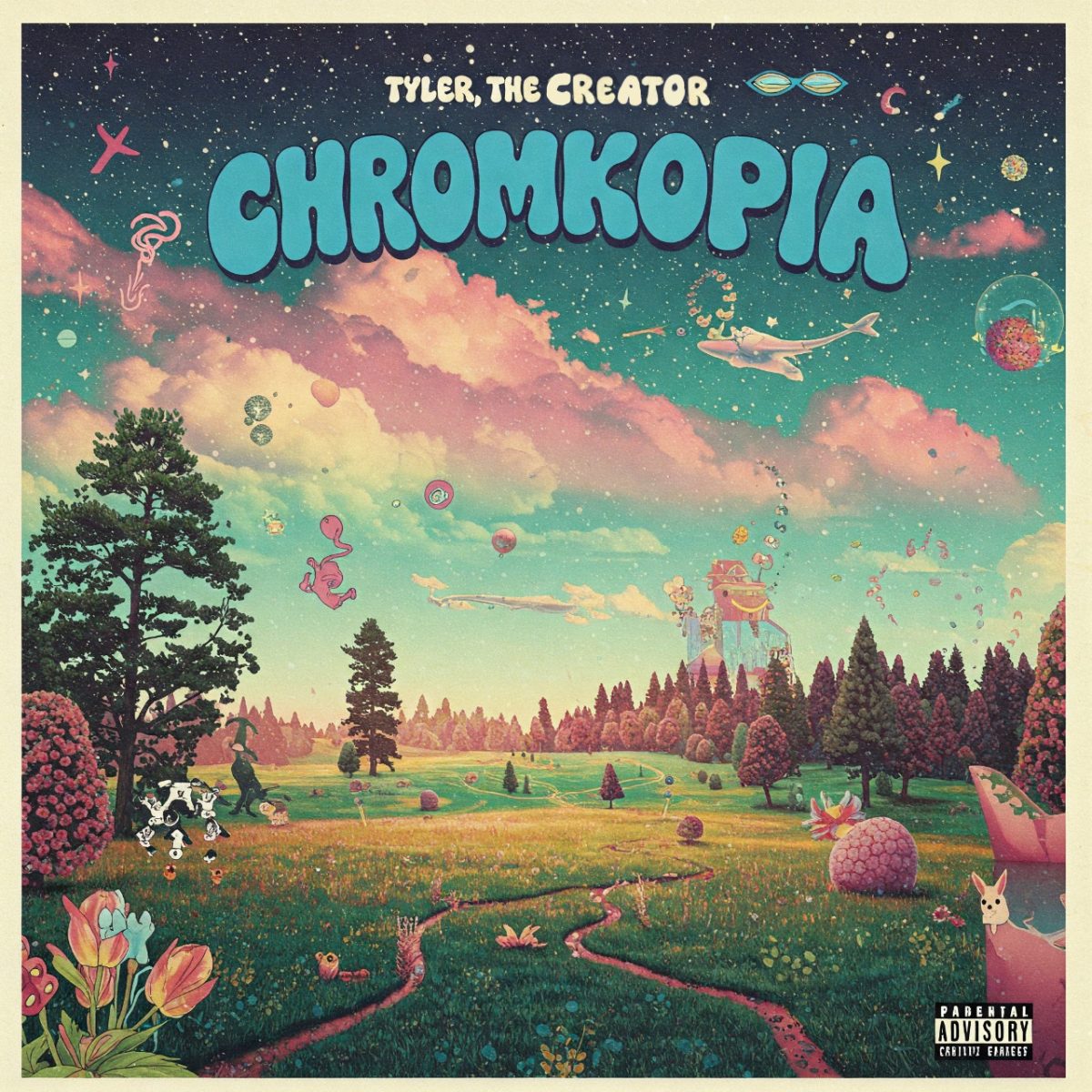Tyler Gregory Okonma, also known as Tyler, The Creator, was born March 6, 1991.
At a young age he created his own album with other album covers and imagined a track list of music.
He started making music in the early 2000s with his first song “Reverse” in 2004. His first big hit was in 2011 with his single “Yonkers” after which he started gaining popularity on the internet and winning best new artist in the Vocal Music Awards (VMAs).
Tyler’s first album, “Bastard,” was released in 2011 and was one of his most impactful albums. The focus of the album was the absence of Tyler’s father. Tyler not only shared a big part of his personal life with his fans through his music but also shared how depressed and sad he became due to his father’s abandonment. He also shared how his mother has always been there for him even though he feels like he’s failing her.
In the closing of the song “Inglorious,” he sends a message to his father where he shows his anger but then finally decides to let go of him. I really loved “Bastard” not only because Tyler shared a big part of his life, but also because he expresses his feelings through his lyrics and voice. In his songs, he is enraged with his father but then he realizes he didn’t need him to grow into who he is now.
Moving forward 11 years, Tyler released “Chromakopia,” an album I like to think of as a continuation of “Bastard.” The album is narrated by Tyler’s mother, Bonita Smith, in the form of a diary of Tyler’s experiences. The whole album is about his mother teaching him lessons. The highlight of the album is the song “Like Him” which backtracks to his father. The song shares Smith discussing the fact that Tyler resembles his father, and the song shares how his mother regrets pushing his father away, admits that he never left, and that she didn’t allow him to be a part of Tyler’s life.
The song is very touching, and one can hear how hurt and betrayed he feels. His mother seeks forgiveness in the song, apologizing for lying to him for many years for her past actions. She wants him to know that his father was a good man. Tyler accepts her apology and understands his mother, but his songs make you feel like you understand his pain, and the way he performs his songs make you feel like you were betrayed by his mother, as well.
The album explores different themes and Tyler’s complex life relationships and lessons his mother is teaching him. The album showed how Tyler was coping with his relationship with his mother and father. Even though I am not Tyler, I feel the sadness he feels, and I think he did a great job sharing his feelings. This album made me into a big fan and has me waiting for his next release so I can relive that feeling and see him grow.
But what does Chromakopia even mean? If we were to break down the word to “chroma” and “kopia,” you would see that it provides an explanation to what Tyler, The Creator, was after. “Chroma” means freedom and is represented by the colors white and gray, or the purity of a color. The album cover displays that concept through a yellowish gray and the word “chroma” appearing diluted. The second word, “kopia,” comes from the ancient Greek and Latin word “copia” which means abundance and plentiful. Putting the two words together, one gets “an abundance of color.” What color? Green. The only color on the album; the color that spells out “Chromakopia.”
Fans of Tyler speculated that the meaning of green means growth and renewal, a place where one’s mind can grow. When I found out the meaning of his album cover, I wondered if it was a way for him to tell his fans that his next album will be about exactly that – growth. Will he share more of his backstory? Or his growth from this album to the next? And since his album right now is gray and white, is his next going to be colorful?







